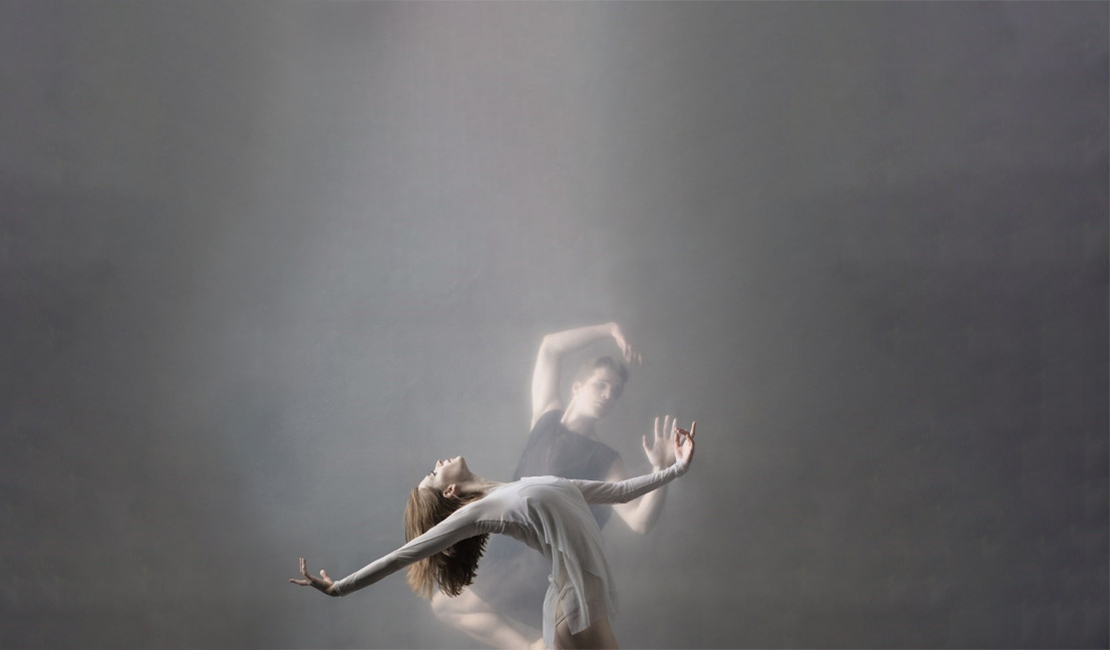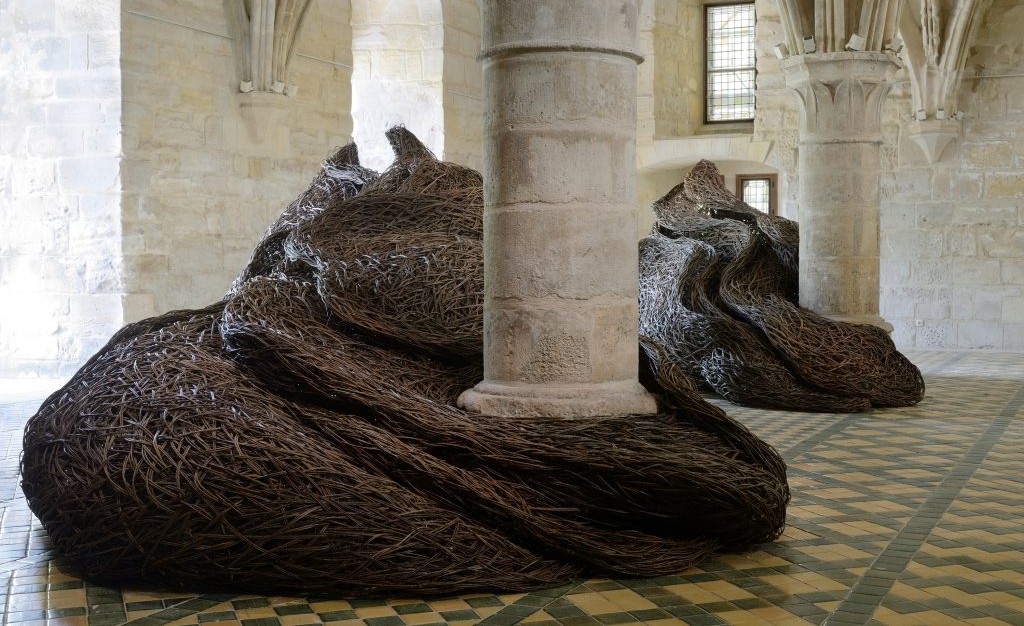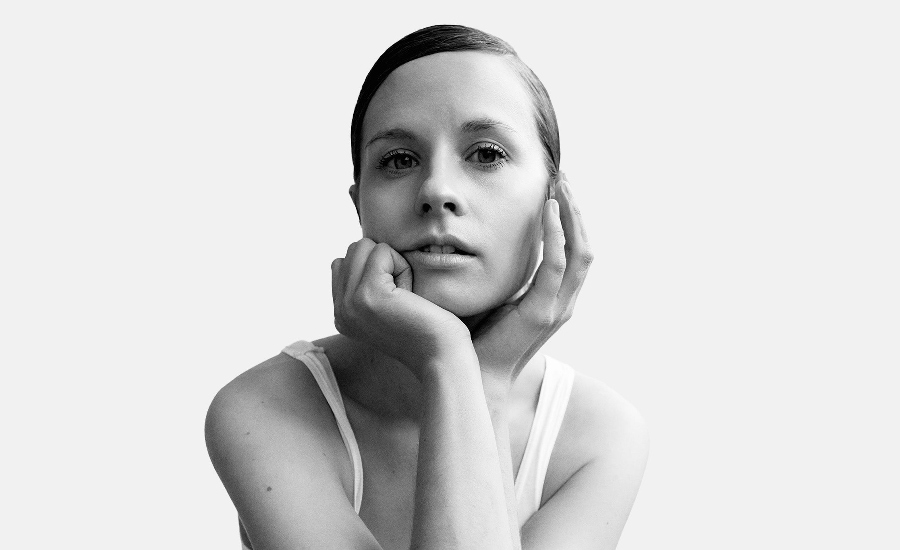Explore music by women for dance

In response to requests from choreographers, dance and ballet companies we invite you to explore music in multiple styles and genres by women at the height of their composing game. From Missy Mazzoli, Maja Ratkje and Helen Grime, to Joan Tower, Kaija Saariaho, Gloria Coates and the new generation Hania Rani and Lisa Morgenstern, we are sure there’s something for everyone in this first in a series of specially curated features.
Orion (22')
Images of the Night, dreams, myths, and distant mysteries have always loomed large in Kaija Saariaho’s work and Orion is no exception. The mysterious and adventurous hunter of Greek mythology was the mortal son of Neptune. After his death, Orion was placed by Zeus in the sky as a radiant constellation. Saariaho captures the energies of Orion in 3 wonderfully contrasting movements full of musical dramaturgy and imagination.
Laterna Magica (20')
Laterna Magica (The Magic Lantern) is the name of film director Ingmar Bergman’s autobiography which Saariaho was reading while considering this work. She writes “The variation of musical motifs at different tempos emerged as one of the basic ideas behind the orchestral piece… a fiery dance-rhythm inspired by flamenco, a shifting, asymmetrical rhythm provided by speech and an accelerating ostinato that ultimately loses its rhythmic character and becomes a texture.”
Mass for the Endangered (44')
Tom Huizenga wrote that though Mass for the Endangered uses a religious framework, it instead "focuses not on our relationship to God, but instead to the flora and fauna on our planet."Snider herself describes the Mass as embodying "a prayer for endangered animals and the imperilled environments in which they live.” The music dances across the ear with delicate instrumental textures- why not dance to it!
Torus (24')
At around 24 minutes Torus plays in one continuous movement. A whole with a hole, a torus is often described as doughnut-shaped, a squashed and stretched ball held together with a central void. The music is very direct with stark contrasts of calm orchestral consonances led by the strings counterbalanced by a grittier music led by percussion.
Woven Space (22’)
Woven Space takes its title from a structure by Laura Ellen Bacon, whose work, exploding the notion of basketry, is made with fresh willow twigs wound into forms that might echo those of plant growth or water flow which Grime beautifully replicates with lines of notes: shaping them into curves.

c. Laura Ellen Bacon
Archora (21’)
Icelandic composer Anna Thorvaldsdottir writes music of extraordinary texture and character. Almost like tectonic plates shifting, keening and morphing within the orchestra. ARCHORA centres around the notion of a primordial energy and the idea of an omnipresent parallel realm – a world both familiar and strange, static and transforming, nowhere and everywhere at the same time. This music lends itself to wonderful interpretation for the stage.
Forest (13')
The Welcome Arrival of Rain (16')
Master of the Kings Music Judith Weir is also a master of orchestral music. A sonic journey through nature, Forest’s magical opening motif is given to four solo violas and a cello, and it unfurls organically generating music inspiring thought of nature and organic processes. Paired with The Welcome Arrival of Rain with its opening flourishes and sparkling textures, one can imagine a half hour of exquisite, vibrant and refreshing choreography.
Tambor (15')
This 15 minute work features the percussion section, whose five members (the timpanist and four others) essentially have three functions inside the orchestra:
- to 'eyeline,' or underscore the different timbres and rhythms of other parts of the orchestra;
- to 'counterpoint' other parts of the orchestra; and
- to act as soloists in several minor and major cadenzas throughout the work.
...the work becomes more concerned with rhythm and colour than with motives or melodies (though these elements do make occasional appearances here and there).
Symphony No. 4 (30')
Entitled Chiaroscuro – the treatment of light and shade in art – Symphony 4 is in three movements
- Illumination
- Mystical Plosives
- Dream Sequence
Illumination draws on Dido’s final aria from Purcell’s Dido and Aeneas, material that is mercurially present throughout. Coates herself describes Symphony No. 4 as the translation of a metaphysical experience into musical forms and content where conscious and subconscious elements become the music itself.
Moult (18')
"In Moult, I try to imagine the orchestra as an animal that can shed its skin, shedding pasts that continue to haunt the form of the piece."
Leaves and Trees (6')
Flight (5')
Oscar winning composer Rachel Portman writes music that speaks to international audiences. Her work is often inspired by the natural world. Leaves and Trees and Flight from her album ask the river can be performed by small ensemble or by orchestra and solo violin.
Described as mesmerising, haunting, genre bending and unique, Hania Rani is one of the most sought after composer/performers of her generation. Her music is widely recorded and lends itself beautifully to interpretation in dance. Some inspiration here:

Berlin-based composer, singer, pianist and vintage synth devotee Lisa Morgenstern first came to significant public attention with the self-release in 2019 of Chameleon. Produced by Sebastian Plano, it was a collection of spine-tingling grace and wonder in which her multiple-octave-spanning voice soared above bewitchingly atmospheric piano and synth lines.
Freya Arde is an award-winning composer, guitarist and music producer.
Her unique soundscapes combine acoustic instrumentation with audio processing and electronics.
Elephant Man (27')
Danish composer Louise Alenius hacks into formats, unsettles her musicians, challenges her audience, dissects the concert form. Her career as a composer for classical ensembles began in 2008 with new music for the second act of August Bournonville’s ballet Napoli, which had its premiere at the Royal Danish Theatre in 2009. In 2008 Alenius wrote the music for Louise Midjord’s modern ballet The Egg, The Monk and The Warrior. She composed the music for Constantine Baecher’s ballet Palimpsest in 2011 and for Cathy Marston’s ballet Elephant Man.
Persuasion (8')
A Walk to Schubert (5')
Her music is delightfully imaginative with quirky textures and unexpected turns.
Tale of Lead and Frozen Light (15')
Ratkje’s music frequently involves stark contrasts, more often in the delivery of balance and kinetic action than in the creation of shock or effect- Tale of Lead and Frozen Light is inspired by Beethoven’s 'Quartet Op. 59 number 1' and is full of elements from Beethoven’s work. The ambiguity in the title reflects both hope and dread. Beethoven’s light shines through, strong and full of life!
Sinfonia for Orbiting Spheres (9')
Orpheus Undone (14')
Described as a symphonic composer with a photographer’s eye Mazzoli’s music is filled with originality and often unusual sounds. Opera brought Mazzoli to public attention with 5 under her belt and a 6th in the making. Her orchestral work is equally strong giving bold dramatic music that aligns itself perfectly to dance. Here are two contrasting works to wet the appetite.
